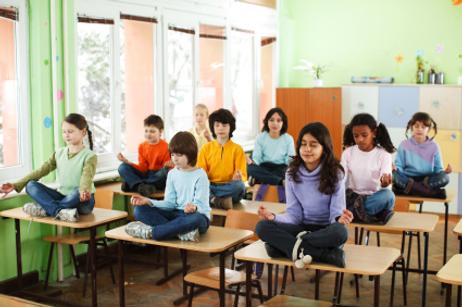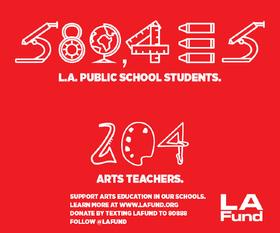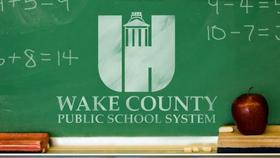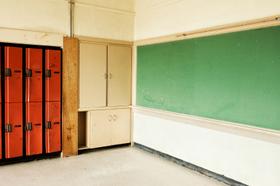The New York City Department of Education oversees the largest school district in the United States. This system has been responsible for the public schools in all five city boroughs for the past four decades. It is one of the few school systems in the country that is controlled by the city's mayor rather than an appointed school board. In addition to being the largest school network, it is also one of the most segregated in the country, which leads to numerous challenges in ensuring the many students in the system that come from a huge range of backgrounds all receive the same opportunities and education within the city limits.
How it Started
According to Wikipedia, the New York City Department of Education started in 1969. At that time, the mayor of the city, John Lindsay, organized the department of education to oversee high schools, while 32 individual school boards managed all the elementary and middle schools. This system continued in this manner until 2002, when full control of the school system was given to the city's mayor.
The Board of Education became the Panel for Education Policy – an office managed by 12 members appointed by the mayor. The Panel for Education Policy was responsible for 10 regions created by the mayor and took the place of the 32 districts that had been in place previously. Those regions were short-lived, however. In 2007, when Mayor Michael Bloomberg took office, the regions were completely dissolved; instead,





























